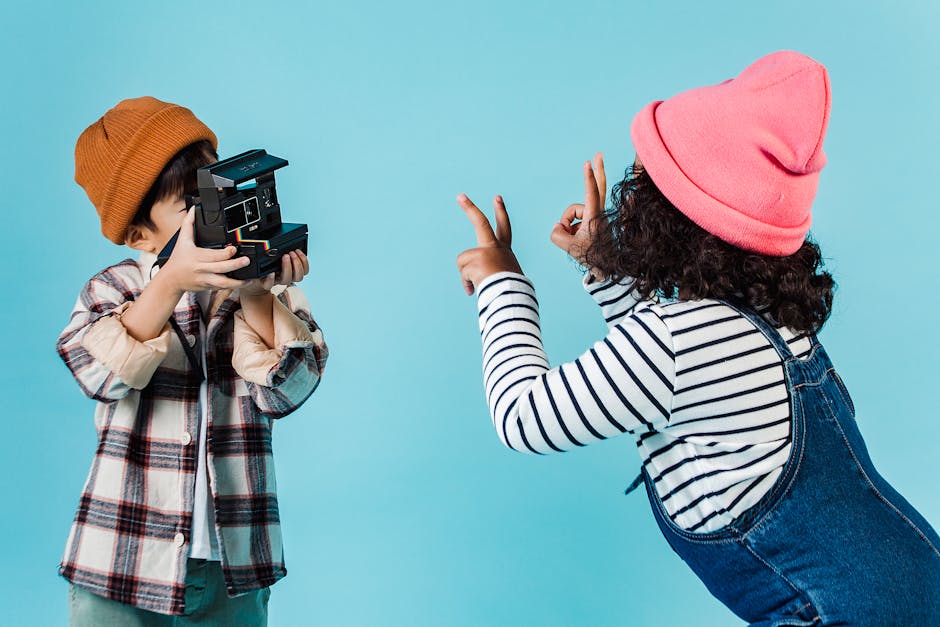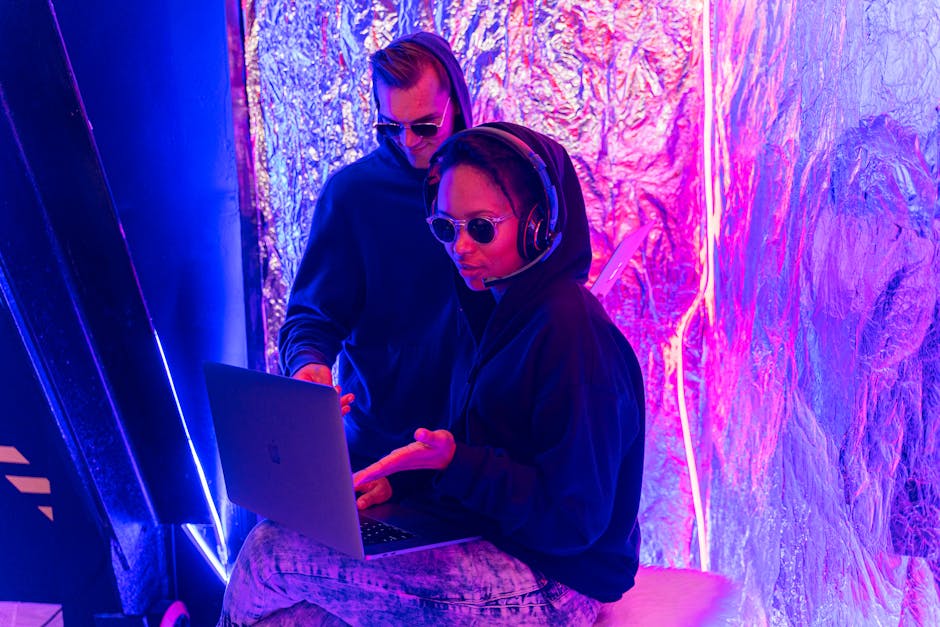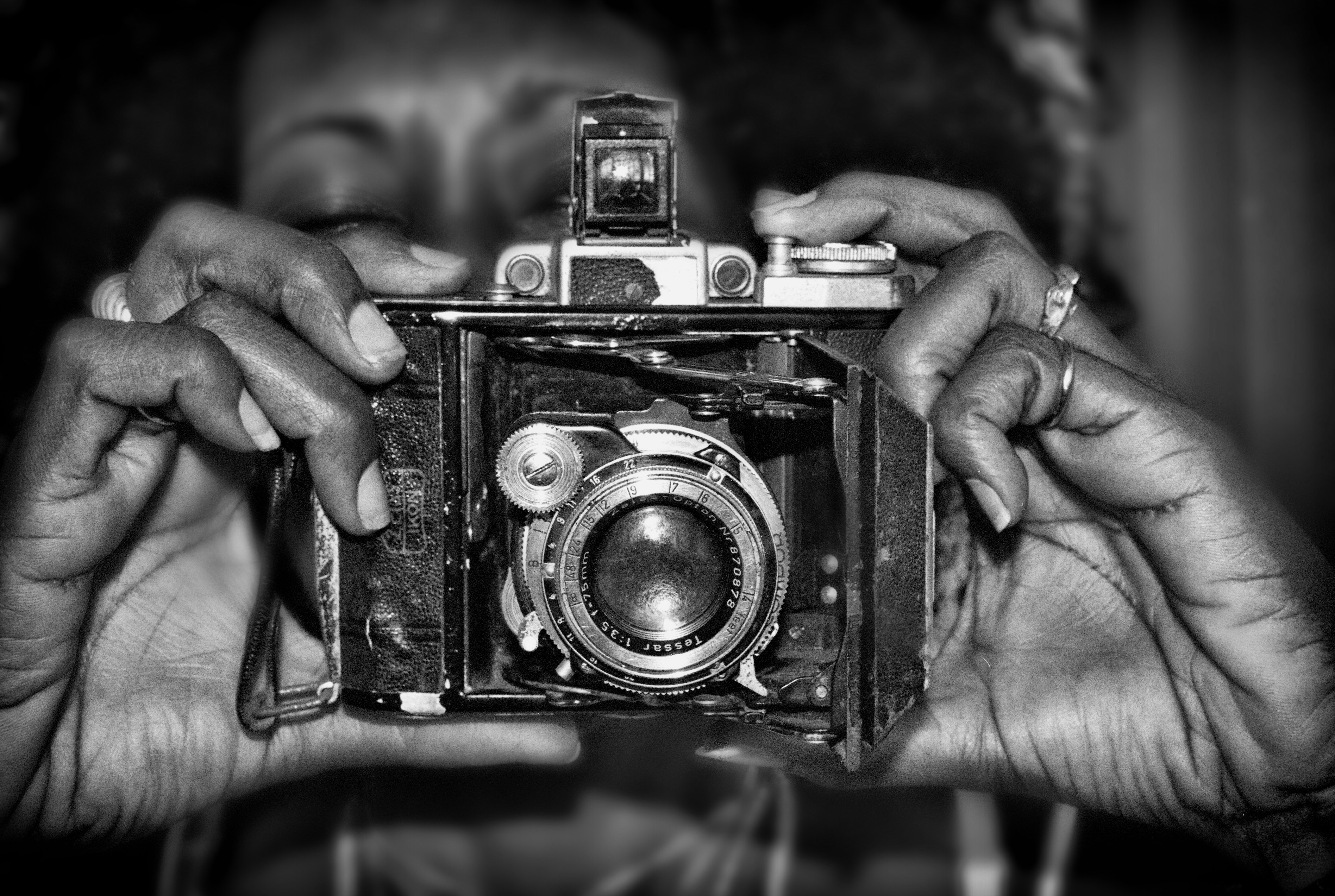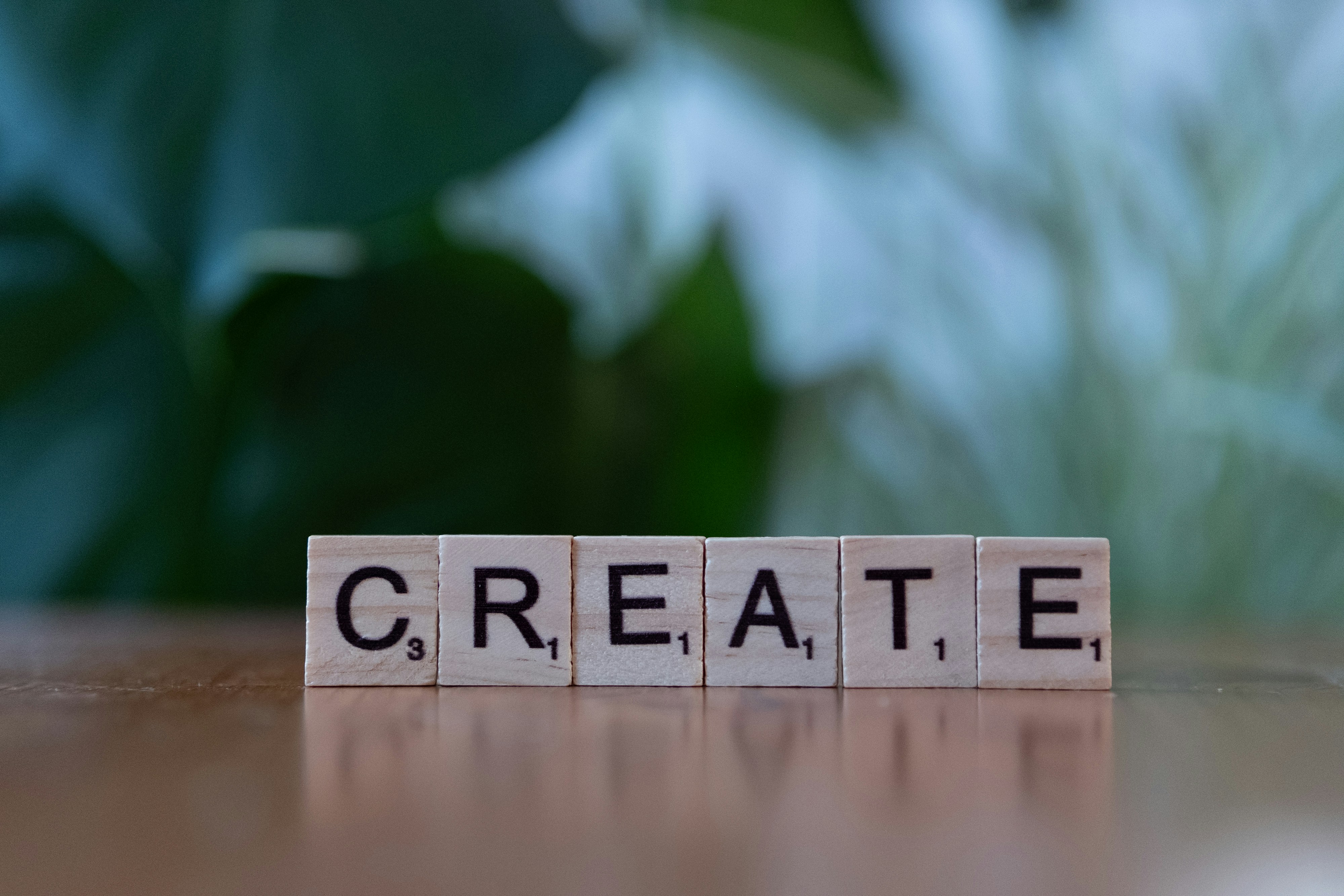Embrace the Future: How AI Transforms Photography Post-Production
In an era where technology evolves at breakneck speed, it’s no surprise that awe-inspiring innovations are revolutionizing the art of photography. From the very moment a shutter clicks, artificial intelligence (AI) and machine learning are reshaping how photographers approach editing and post-production. As we dive into this transformative journey, we will explore not just the tools that facilitate a smoother workflow but also how these advancements maintain the artistic essence that makes photographs unique and personal.
The New Dawn of Post-Production: AI and Machine Learning

Historically, the post-production process has been labor-intensive, often requiring hours of meticulous adjustments and fine-tuning. Today, courtesy of AI and machine learning, photographers can harness powerful new tools that not only streamline the editing process but also enhance the final product. For those who’ve spent late nights fine-tuning colors or adjusting compositions, this shift is nothing short of a revelation.
AI-driven tools analyze images in ways that humans may not automatically consider. They evaluate compositions, detect flaws, and even anticipate the adjustments photographers might wish to make. This aspect of AI technology allows for predictive editing based on style analysis—essentially learning the photographer’s preferences and providing personalized suggestions.
Emphasizing Efficiency Without Sacrificing Creativity

One of the looming concerns for many photographers is whether these technological advancements could threaten the artistic vision that defines their work. The beauty of AI lies in its ability to serve as an assistant rather than a replacement. It enhances the efficiency of post-production, giving photographers more time to focus on their creative instincts, storytelling, and unique styles, rather than getting caught up in mundane adjustments.
For example, tools like Adobe's Sensei and Skylum's Luminar AI provide intelligent adjustments that enhance the visual appeal of photographs without override the artist's original intentions. They enable photographers to refine shadows, adjust highlights, and implement color corrections, allowing the images to resonate more powerfully with their intended audience.
To read more about how to effectively incorporate color choices in your photography, check out our article on emotion-centric color choices.
The Role of AI in Color Correction and Beyond

Color correction is just one aspect of post-production where AI has made significant strides. Through machine learning algorithms, advanced software can assess color casts, identify discrepancies, and suggest adjustments that adhere to the principles of color theory. This capability streamlines the editing process and helps maintain a cohesive visual style across a portfolio—an essential element in today’s competitive photography market.
Furthermore, AI’s predictive capabilities allow for sophisticated composition improvements. By analyzing millions of images, AI tools can recommend cropping adjustments that maximize the impact of the photograph. They can even suggest alternative compositions, helping photographers explore unconventional angles or centering techniques.
AI-Assisted Workflow: A Photographer’s Best Friend

Beyond color correction and composition enhancements, AI facilitates a more integrated workflow. For instance, tools such as Capture One and Adobe Lightroom are already adopting AI features that automate repetitive tasks, such as tagging images, sorting through collections based on attributes, and even suggesting keywords or descriptions.
This level of automation is a boon for photographers who often find themselves grappling with the ever-growing volume of images in their catalogs. By letting AI take care of these tedious and time-consuming tasks, photographers can redirect their energy toward the artistic aspects of their craft.
For a deeper understanding of how to utilize photography gear for storytelling, explore our insights in harnessing your photography gear.
Navigating Ethical Considerations in AI-Driven Photography

With great power comes great responsibility—this adage holds true in the realm of AI and machine learning as well. Photographers must navigate complex ethical waters when employing these technologies. The challenge lies not just in the technical execution but also in ensuring their artistic integrity is maintained.
When editing is largely automated, there is the potential for homogenization across images. In an art form where individual style and emotion are critical, ensuring that the “human touch” remains evident in each piece becomes even more crucial. Photographers must balance the convenience offered by AI with their unique narrative perspectives, allowing technology to assist rather than dominate the creative process.
Learning Curve: Adapting to AI-Driven Tools

The learning curve associated with AI-driven software can be daunting; however, it offers photographers a unique opportunity for growth. Familiarizing oneself with these tools allows for exploration beyond the traditional boundaries of photography. By integrating AI into their process, photographers can push the limits of creativity, discovering innovative directions they may not have considered before.
From automated color grading to intelligent noise reduction, modern photographers can experiment freely, with AI acting as a powerful ally. For techniques rooted in historical influences, read our article on historical color trends that illuminate today’s photography styles.
Preserving Your Unique Style Among AI Enhancements

Navigating these advancements also calls for an understanding of how to preserve one’s unique style amid automated editing processes. While AI can enhance and suggest improvements, it’s vital for photographers to remain in control of the creative direction. This means establishing parameters and settings that align with their artistic vision.
A personalized editing workflow is key. Photographers should consider setting up baseline adjustments and custom presets that resonate with their style, allowing AI to refine and enhance their unique aesthetic without overshadowing it. The goal should be to use these tools to elevate one’s work rather than erase the individuality that makes it special.
Collaborating with Creativity: AI as an Artistic Partner

Rather than viewing AI as an adversarial force, photographers are encouraged to embrace it as a collaborative partner. The interplay between human creativity and machine efficiency can result in breathtaking combinations that neither could achieve alone.
Implementing a mindset of experimentation and curiosity, photographers can continually refine their creative processes. Imagine creating a series of portraits where instinct and AI work in tandem to produce not just visually stunning images but also compelling emotional narratives. For further exploration of color’s emotive power in portraiture, check out evoking feelings through color.
Future-Proofing Your Photography Business with AI

As technology progresses, it’s imperative for photographers to remain ahead of the curve. Understanding and adopting AI in photography can serve as a significant differentiator in a saturated market. Photographers who embrace AI stand to not only ease their workflow but also enhance their output, capturing audiences with stunning, well-executed images that tell unique stories.
Key steps to future-proofing include investing time in education around AI tools, participating in photography community discussions, and always remaining adaptable to change. As the landscape continues to shift, photographers can ensure their long-term success through mindful engagement with emerging technologies.
Building a Supportive Community Around AI

Knowledge sharing among photographers—as well as collaboration with tech developers—can lead to more innovative solutions tailored to creative needs. Participating in forums, attending workshops, and engaging with online resources allows photographers to harness collective wisdom while also building relationships with others navigating similar transitions.
Final Thoughts: Embrace, Adapt, and Create
AI and machine learning have undeniably transformed the landscape of photography post-production, providing tools that help photographers work smarter, not harder. By embracing these advancements while nurturing one’s unique artistic style, photographers can transcend traditional barriers and explore new creative heights.
As the photography community continues adapting to technological changes, the most successful photographers will be those who blend the power of AI with their artistic vision, using these innovations as stepping stones toward a promising future.
For practical insights into mastering your craft, explore our articles on unlocking your camera's potential and essential accessories for every photographer.



